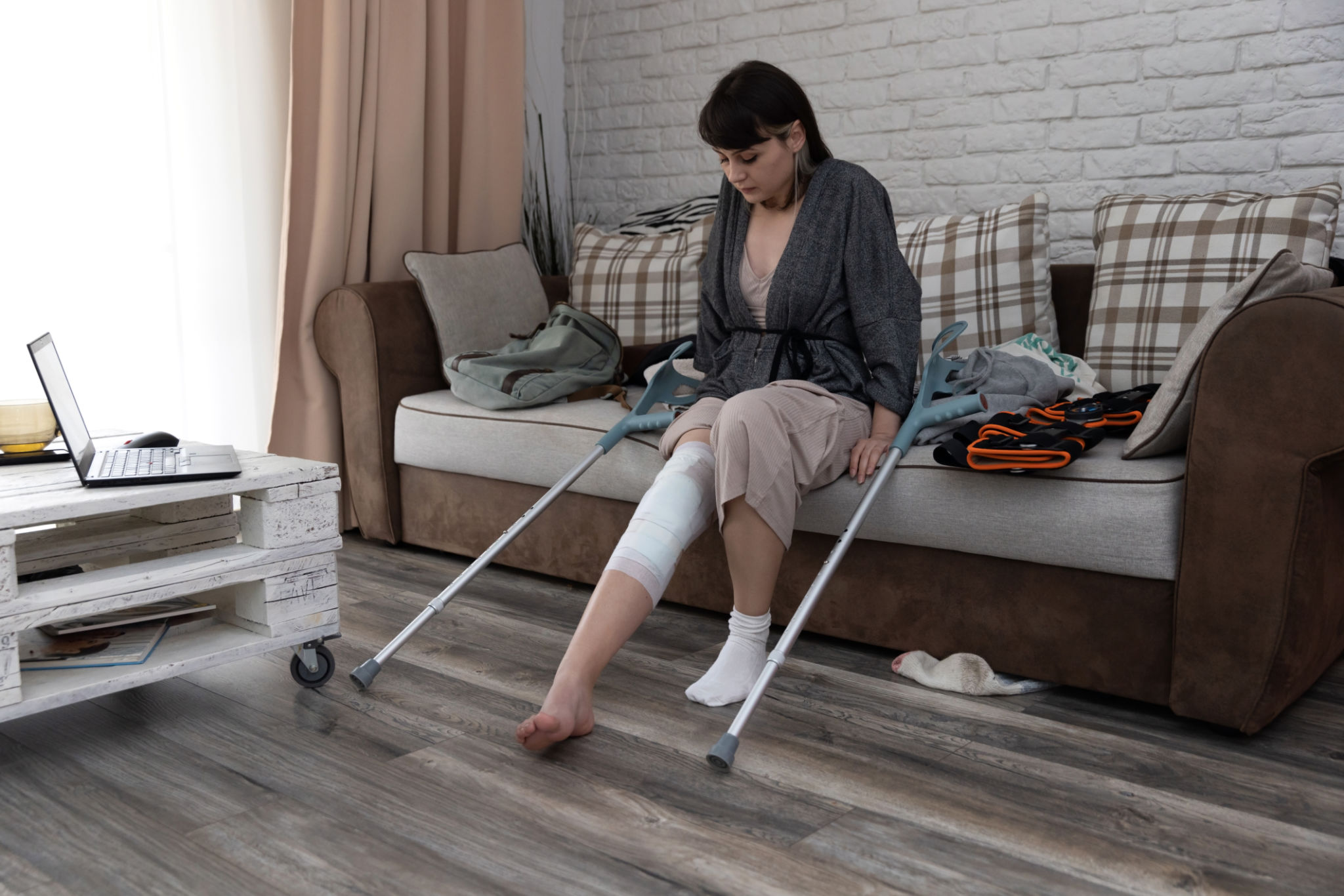Common Misconceptions About Post-Surgery Home Recovery Assistance
DH
Understanding Post-Surgery Home Recovery Assistance
When it comes to post-surgery recovery at home, there are numerous misconceptions that can lead to confusion and improper care. Many people believe they fully understand what is required, yet they may overlook crucial aspects of the recovery process. It's important to address these misconceptions to ensure a smooth recovery.

Misconception 1: Professional Help Is Unnecessary
One common belief is that professional home recovery assistance is not necessary for a successful recovery. However, having a trained caregiver can significantly improve the healing process. These professionals are trained to handle various medical needs and assist with daily tasks that may be challenging after surgery.
While family members might be eager to help, they may lack the knowledge and experience required to manage medical equipment or administer medications correctly. Professional caregivers can provide the right support, ensuring both safety and comfort for the patient.
Misconception 2: Recovery Is Only Physical
Another misconception is that post-surgery recovery focuses solely on physical healing. In reality, emotional and mental well-being are equally important. Surgery can be a traumatic experience, and patients may suffer from anxiety or depression during recovery. Addressing these aspects is crucial for a holistic recovery.
Emotional support from caregivers and loved ones can play a vital role. Activities like gentle exercises, engaging hobbies, or simply having someone to talk to can make a significant difference in the patient's overall well-being.

Misconception 3: All Surgeries Require the Same Recovery Approach
It is a mistake to assume that all surgeries have a universal recovery protocol. The type of surgery, the patient's age, overall health, and specific medical conditions all influence the recovery process. Personalized care plans are essential for addressing individual needs and ensuring optimal recovery.
Consulting with healthcare professionals to create a tailored recovery plan is vital. This plan should include dietary needs, specific exercises, medication schedules, and follow-up appointments. A personalized approach helps prevent complications and promotes faster healing.
Misconception 4: Pain Management Is Not a Priority
Pain management is often misunderstood or overlooked. Some believe that enduring pain is part of the healing process, but this is far from the truth. Effective pain management not only improves comfort but also accelerates recovery by allowing patients to participate in necessary rehabilitation activities.
It's important to discuss pain management options with healthcare providers and ensure they are integrated into the recovery plan. This might include medication, physical therapy, or alternative therapies such as acupuncture or relaxation techniques.

Misconception 5: Rest Means Inactivity
Lastly, many think that rest means complete inactivity, which can actually hinder recovery. While rest is crucial, incorporating gentle movements and exercises as advised by healthcare professionals is equally important. These activities help maintain mobility, prevent complications like blood clots, and promote circulation.
Understanding the balance between rest and activity is key. Caregivers should encourage and assist patients in following prescribed physical therapy routines and gradually increasing activity levels as recommended.
By dispelling these misconceptions and focusing on comprehensive care, patients can experience a smoother and more successful recovery journey. Proper post-surgery home recovery assistance requires attention to both physical and emotional needs, tailored care plans, effective pain management, and an understanding of appropriate activity levels.
